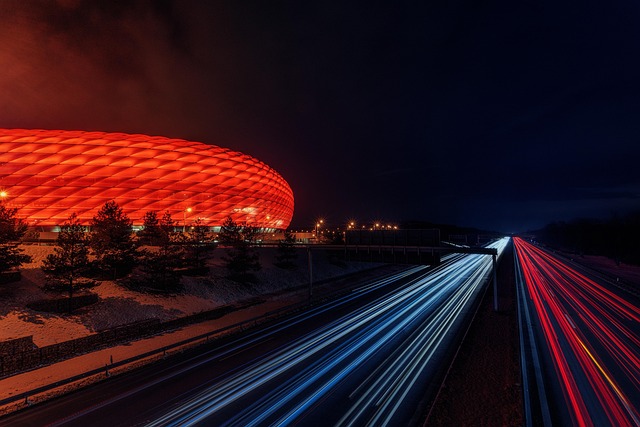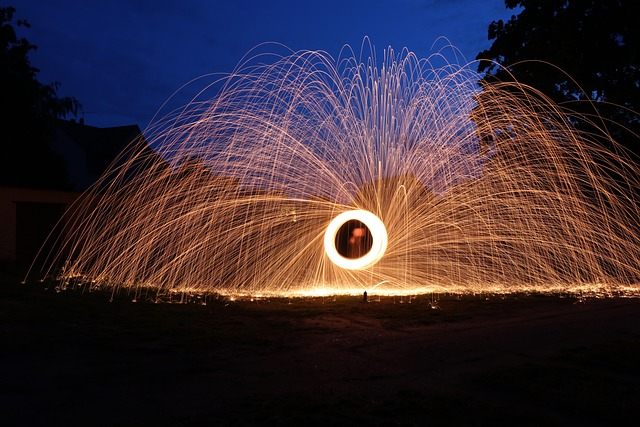Real estate shapes communities by promoting social interaction through shared spaces and events, fostering stable living environments with low crime, good schools, and well-maintained areas. Regular community activities like parties and gardens strengthen bonds, enhance well-being, and create a resilient society through collaboration and support networks, ultimately elevating the quality of life for individuals and families.
Deepening community ties and achieving stable living go hand in hand. This article explores how real estate plays a pivotal role in building blocks of strong, connected communities. We delve into strategies that promote stable living, emphasizing their importance in fostering genuine connections among neighbors. Discover effective approaches to enhance community engagement, ensuring vibrant neighborhoods where everyone feels valued and supported.
Real Estate: Building Blocks of Community

Real estate plays a pivotal role in fostering deeper community ties and stable living. When individuals or families move into new neighborhoods, they often start by exploring their surroundings—the buildings, parks, and shops that become their daily reference points. These physical spaces not only provide shelter but also serve as catalysts for social interaction, creating a sense of belonging and connection.
Community-oriented real estate developments intentionally design spaces that encourage residents to engage with one another. Shared amenities like community centers, playgrounds, and green areas foster opportunities for residents to meet, interact, and build relationships. Over time, these interactions strengthen bonds between neighbors, leading to more stable and supportive living environments.
Stable Living: Key to Strengthen Ties

Stable living environments play a pivotal role in fostering deeper community ties. When individuals and families have secure, comfortable homes, they are more likely to invest time and energy into their communities. This could manifest as active participation in local events, volunteering, or simply getting to know one’s neighbors. Real estate that offers stability, such as well-maintained neighborhoods with low crime rates and good schools, encourages residents to put down roots and build lasting connections.
A stable living environment provides a sense of belonging and safety, enabling individuals to focus on cultivating meaningful relationships. This, in turn, strengthens the social fabric of communities, making them more resilient and cohesive. Whether through shared experiences, support networks, or collaborative problem-solving, deeper community ties can enhance overall well-being and create a thriving, interconnected society.
Fostering Connections: Strategies for Success

Fostering strong community ties is an essential aspect of achieving stable living in any real estate environment. Building a sense of belonging and connection among neighbors can significantly enhance the overall quality of life within a community. One effective strategy is to organize regular social events, such as block parties or neighborhood potlucks, which create opportunities for residents to interact and form meaningful relationships. These gatherings not only strengthen social bonds but also foster a collective sense of responsibility for maintaining a safe and pleasant living environment.
Additionally, establishing community gardens or shared green spaces can encourage collaboration and a deeper appreciation for nature. Such initiatives promote well-being and provide a platform for intergenerational interactions. Real estate professionals can play a crucial role in facilitating these connections by suggesting community-building activities during client consultations and even organizing events to bring buyers, sellers, and long-time residents together. By investing time in building community ties, individuals and families can experience greater stability and fulfillment in their living spaces.






